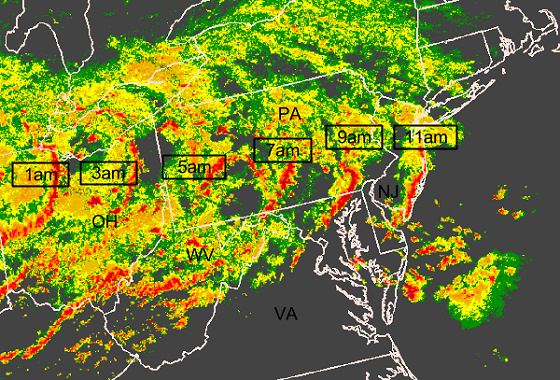A rare tsunami has hit the East Coast of USA, on the 13th June, 2013, according to the National Oceanic and Atmospheric Administration (NOAA).
The source is complex and still under review, though the coincidence at several gages with strong atmospheric pressure fluctuations indicate that it is at least partly generated by meteorological causes.
Apparently, the "meteotsunami" might have been related to a strong storm that moved through the region and offshore that day.
Paul Whitmore, director of the NOAA Center for Tsunami Research, says that the weather system which moved through the area might have changed the air pressure enough to "generate waves that act like tsunamis."
A tsunami is a series of ocean waves generated by sudden displacements in the sea floor, landslides, or volcanic activity.
In the deep ocean, the tsunami wave may only be a few inches high. The tsunami wave may come gently ashore or may increase in height to become a fast moving wall of turbulent water several meters high.
Learn why tsunami waves cannot be surfed and check the wave height forecast for the East Coast of USA.
